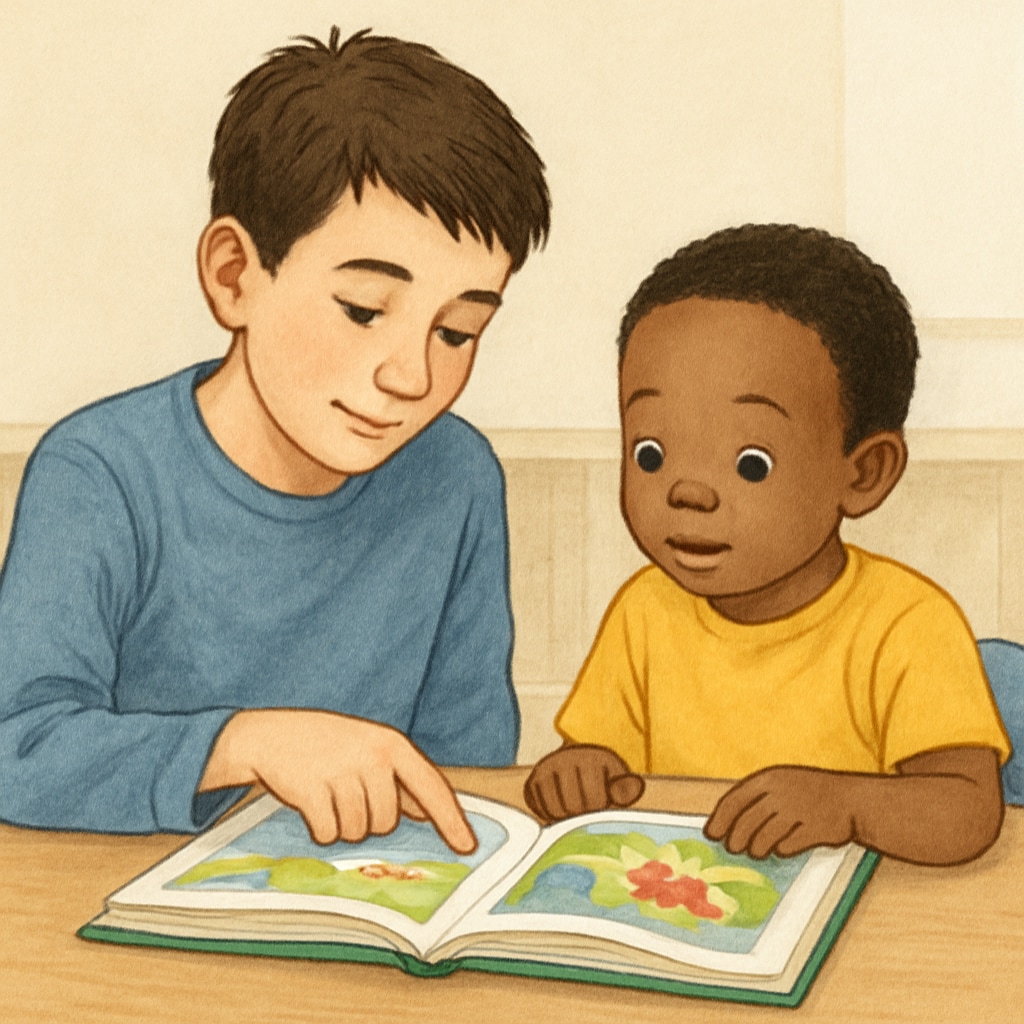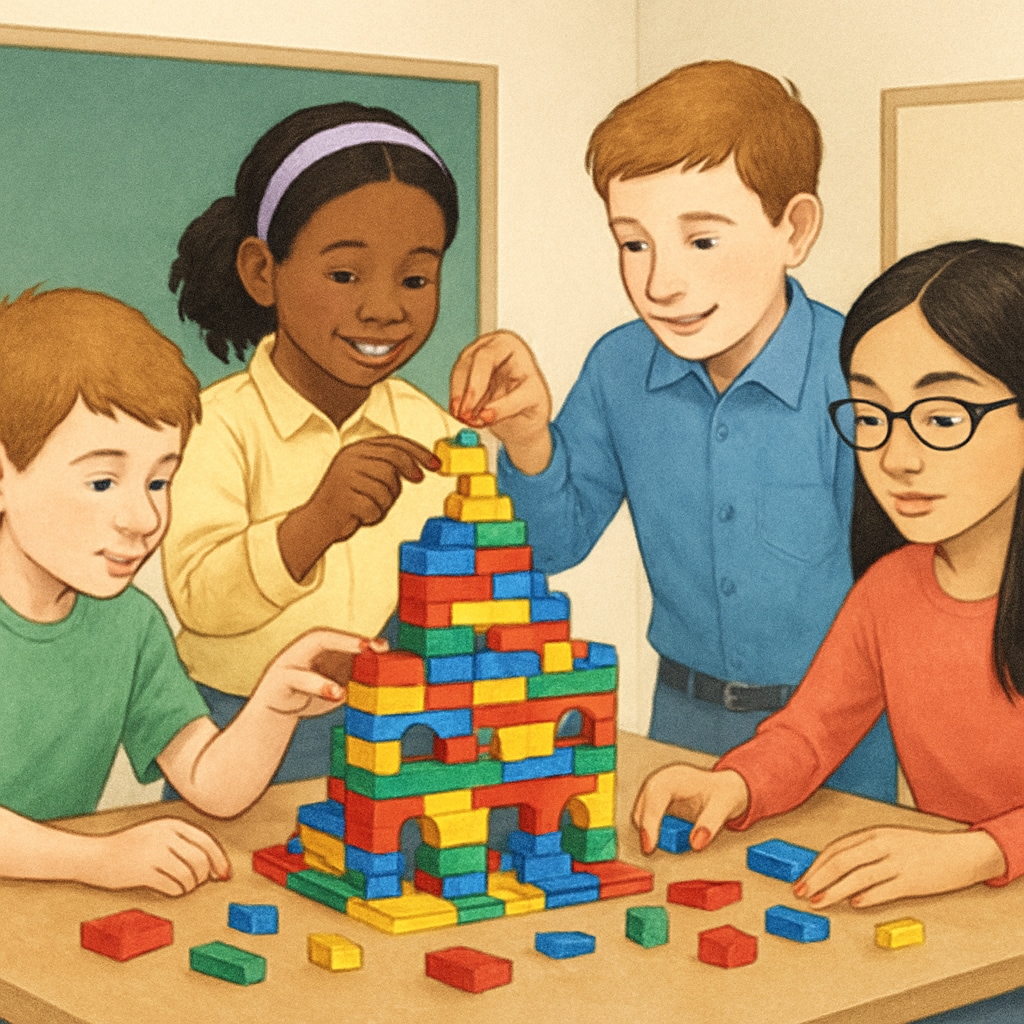Creating a successful kindergarten partnership project with fourth-grade students requires thoughtful planning and engaging inclusive activities. By pairing older and younger students, schools can build bridges across age groups, fostering social-emotional learning and mutual academic benefits. Below, we explore strategies and specific activities that cater to differing literacy levels and developmental stages, ensuring inclusivity for all participants.
Why Inclusive Activities Matter in Cross-Age Pairing
Pairing kindergarten and fourth-grade students isn’t just about creating adorable friendships. It’s a deliberate approach to nurturing empathy, leadership, and collaboration skills. Fourth graders act as mentors, developing patience and responsibility, while kindergartners benefit from individualized attention and exposure to new social dynamics. However, designing activities that accommodate different learning speeds and interests is essential for ensuring inclusivity.
Inclusive activities must be adaptable, engaging, and structured to allow both groups to contribute meaningfully. For example, while fourth graders may excel in reading aloud, kindergartners can focus on drawing or identifying colors to complement a shared storytelling session.

Creative and Inclusive Activities for Cross-Age Partnerships
Here are several activities designed to foster meaningful connections and mutual learning between kindergarten and fourth-grade students:
- Storytime Collaboration: Fourth graders can read picture books to their kindergarten buddies while encouraging them to point out familiar words or characters. This supports literacy development for both age groups.
- Art and Craft Projects: Joint art projects, such as creating a mural or decorating cards, allow students to express creativity. Fourth graders can assist with cutting or gluing, while kindergartners focus on coloring or adding stickers.
- Outdoor Exploration: Organize nature walks where fourth graders guide kindergarten buddies in identifying plants, animals, or colors. This promotes teamwork and curiosity.
- Building Blocks Challenge: Provide materials like LEGO or wooden blocks for pairs to construct imaginative creations. Each student contributes at their skill level, fostering problem-solving and cooperation.
- Music and Movement: Pair students for simple dance routines or rhythm exercises. Kindergartners benefit from physical activity, while fourth graders develop leadership by guiding the moves.

Adapting Activities for Different Learning Levels
To ensure inclusivity, it’s essential to adapt activities to suit varied skill levels. For example:
- Literacy Games: Instead of assigning the same reading material, offer interactive options such as flashcards for kindergartners and simple chapter books for fourth graders. Both groups can enjoy a shared theme while working at their own pace.
- Math Puzzles: Use puzzles with different difficulty levels. Fourth graders can solve complex equations, while kindergartners match shapes or numbers.
- Interactive Technology: Introduce age-appropriate learning apps that allow pairs to collaborate, such as drawing apps for kindergartners and coding apps for older students.
Inclusive activities should always prioritize flexibility and fun. Teachers and coordinators can adjust the difficulty or scope of activities based on the students’ interests and abilities.
Benefits of Inclusive Kindergarten and Fourth-Grade Pairing
When implemented effectively, these programs offer numerous benefits:
- Social Skills Development: Kindergartners learn to communicate and collaborate, while fourth graders develop leadership and empathy.
- Academic Growth: Cross-age tutoring boosts literacy and problem-solving skills for both groups.
- Emotional Connection: The bond between older and younger students creates a sense of belonging and community within the school.
For example, the buddy program at many schools has shown improved academic performance and emotional well-being among participants. Research from Britannica highlights the effectiveness of peer education in fostering mutual learning.
By tailoring activities to individual needs, educators can ensure that every student thrives in this collaborative environment.
Conclusion: Building Bridges Across Age Groups
Inclusive activities are the foundation of successful kindergarten and fourth-grade pairing programs. Whether through art, storytelling, or outdoor exploration, these activities bring students together in meaningful ways. By promoting collaboration and mutual learning, such programs create lasting emotional connections and academic benefits. As educators continue to innovate, cross-age partnerships can become a powerful tool for building inclusive and supportive school communities.
For more information about cross-age programs and their impact, visit Cross-age tutoring on Wikipedia.


